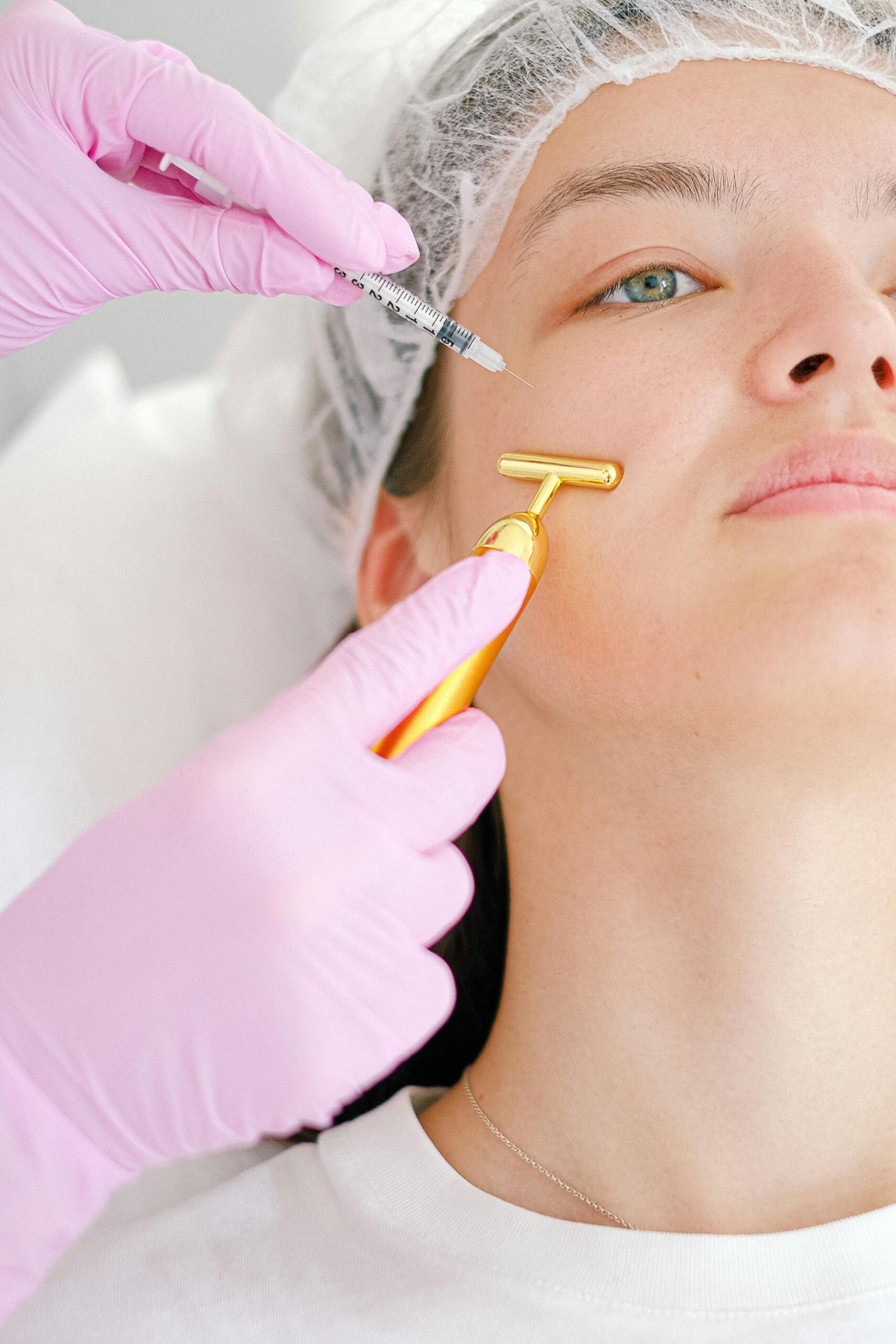Introduction
Botox, a widely popular cosmetic treatment, is known for its ability to smooth wrinkles and fine lines by temporarily relaxing facial muscles. While many people turn to Botox for its aesthetic benefits, questions often arise about what activities are safe to do afterward—especially when it comes to physical exercise.
One of the most frequently asked questions is, “Can You Workout After Botox?” Since Botox needs time to settle into the targeted muscles, certain post-treatment precautions are essential to ensure optimal results. This article explores why exercise timing matters after Botox, what types of workouts to avoid, and how long you should wait before returning to your fitness routine.
1. What Is Botox and How Does It Work?
The neurotoxin known as “botox,” or “botulinum toxin,” is produced by the bacterium Clostridium botulinum While it may sound alarming to inject a toxin into your face, Botox is FDA-approved and safe when administered by qualified professionals. It works by temporarily blocking nerve signals to the muscles, thereby preventing them from contracting. This muscle relaxation smooths out wrinkles and fine lines, particularly around the forehead, eyes, and mouth.
Apart from cosmetic uses, Botox is also employed to treat medical issues like chronic migraines, overactive bladder, cervical dystonia, and more. A tiny needle is used to target particular muscles during the relatively brief injection procedure.
However, for Botox to work effectively, it needs time to bind to the nerve endings in the treated area. This settling process is crucial. Disturbing the injected muscles too soon — through facial movement, massage, or exercise — may cause the toxin to migrate or become less effective. That’s why post-treatment care, especially regarding exercise, is so important.
2. Can Workout After Botox Is a Concern
The act of working out after Botox might seem harmless, but it can lead to a number of undesirable side effects if done too soon.
First, intense physical activity increases blood circulation. While that’s normally a good thing, it can potentially spread the Botox to unintended areas before it has settled into the targeted muscles. This could result in uneven results, such as drooping eyelids or asymmetrical facial expressions.
Second, exercise causes sweating and repetitive movement, which may interfere with the injection sites. Sweat can introduce bacteria into open pores or tiny needle marks, increasing the risk of infection or irritation.
Lastly, activities involving rapid head movement, bending over, or facial strain may cause Botox to migrate away from the intended muscle group. This defeats the purpose of the treatment and can even require corrective procedures.
3. How Long Should You Wait to Exercise After Botox?
If you’re wondering how long after Botox can you workout, most experts agree on a safe waiting period of 24 to 48 hours. This window allows the Botox to settle into the targeted muscles and reduces the risk of migration or side effects.
Some conservative dermatologists recommend waiting a full 48 hours, especially for high-impact exercises or if multiple injection sites were treated.
4. Types of Exercise to Avoid Post-Botox
Not all workouts are created equal — especially when it comes to post-Botox care. The type and intensity of your exercise routine can significantly influence your healing and results.
After receiving exercise after Botox injections, avoid the following for at least twenty-four hours:
- High-Intensity Workouts: Activities like HIIT, CrossFit, or heavy weightlifting can increase blood pressure and circulation, raising the risk of Botox migration.
- Inverted Yoga Poses: Downward dog and headstands might cause Botox to travel due to the shift in blood flow to the face and head.
- Running or Cardio: High-impact cardio raises your heart rate and can increase body temperature and sweat production.
- Hot Yoga or Saunas: Heat causes blood vessels to dilate and may result in faster diffusion of Botox, weakening its intended effect.
Avoiding these exercises for a short period can protect your investment and ensure better, longer-lasting results.
5. Safe Activities You Can Do After Botox
• Gentle Walking: A leisurely walk around your neighborhood or on a treadmill is safe and can actually help with circulation without affecting Botox placement.
• Light Stretching: Gentle movements that don’t involve your face or extreme head positions are generally considered safe.
• Daily Tasks: Doing laundry, cooking, and other light chores won’t interfere with your recovery, as long as you avoid bending too much or lifting heavy items.
Once you’re past the initial forty-four hour window, you can slowly reintroduce more vigorous exercises. Begin by doing exercises at a moderate intensity and see how your body responds. If everything feels normal, you can gradually resume your full fitness routine.
6. What Happens If You Workout Too Soon After Botox?
A number of undesirable effects can result from exercising too soon after receiving Botox injections. The most common issues include:
• Botox Migration: When the neurotoxin spreads beyond its intended area, leading to drooping eyelids or uneven facial expressions.
• Swelling and Bruising: Exercise’s increased blood flow may make the injection site swell or bruise.
• Reduced Effectiveness: The more the injected area moves before the Botox sets in, the less likely it is to work effectively.
These side effects are usually temporary but can be frustrating, especially if you were aiming for a flawless result.
If you’ve exercised too early and notice any problems, contact your injector immediately. They can assess the situation and recommend next steps. Don’t wait too long — early intervention may improve the outcome.
This highlights the critical relationship between Botox and exercise, and why it’s so important to follow aftercare instructions carefully.
7. Expert Tips for Post-Botox Care
To help you get the most out of your Botox treatment and reduce risks, here are some professional tips to follow:
• Stay Upright: For at least four hours following your injections, stay upright.
• Avoid Touching or Rubbing: Do not massage or apply pressure to the treated area for at least twenty-four hours.
• Stay Hydrated: Getting enough water speeds up the healing process and lowers the chance of bruises.
• Consume Anti-Inflammatory Foods: Antioxidant-rich foods, such as leafy greens, curcumin, and berries, might hasten healing and lessen swelling.
• Skip Alcohol and Blood Thinners: These substances can increase the chance of bruising and should be avoided for at least 24 hours post-treatment.
8. FAQs
Can I do cardio 24 hours after Botox?
It’s best to wait at least 24 to 48 hours before engaging in cardio. If you must, keep it light and avoid any activities that involve bending over or straining facial muscles.
Is it safe to go to the gym the next day?
You can go to the gym the next day as long as you avoid intense workouts. Light walking or stretching is okay, but weightlifting, HIIT, or high-intensity cardio should be postponed.
Does sweating affect Botox?
Yes, Any activity that causes excessive perspiration should be avoided for 24 to 48 hours.
Can You Workout After Botox?
Yes, but only after an appropriate waiting period recommended by doctor.
9. Conclusion
To recap, Botox is a powerful cosmetic and medical treatment that requires careful aftercare for the best results. Avoid exercising for at least 24 to 48 hours after your treatment to prevent the Botox from migrating or losing effectiveness. Steer clear of high-intensity workouts, saunas, and inverted yoga poses. Instead, stick to light activities like walking or stretching during the recovery period.
Remember, when it comes to working out after Botox, less is more — at least for the first couple of days.





